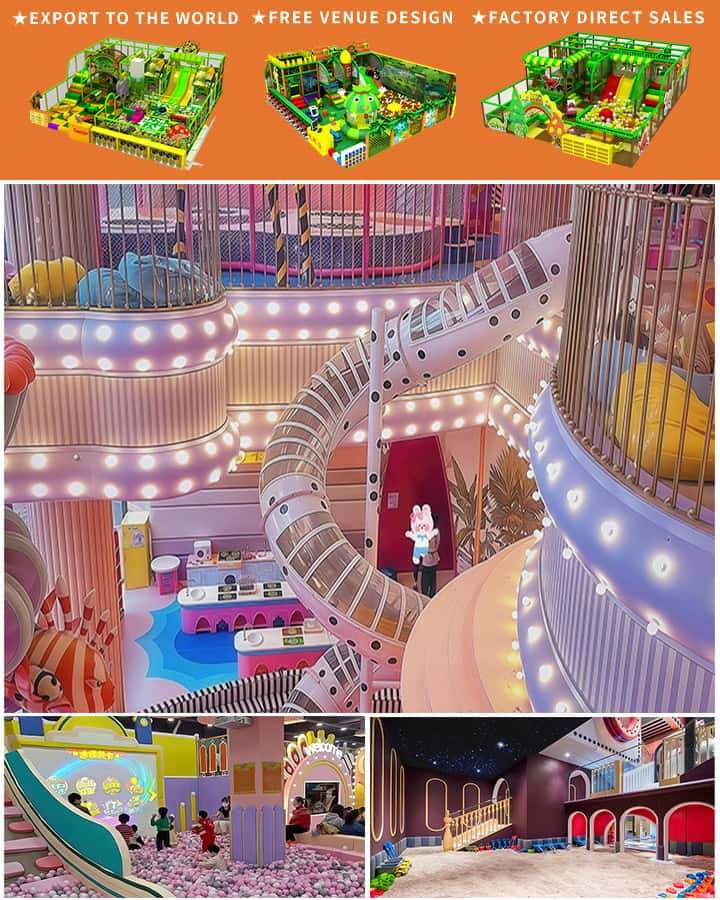Creating a safe and engaging playground for children is a multifaceted endeavor that involves careful planning, especially regarding the dimensions of the equipment. Proper sizing ensures that the playground is not only fun but also accessible and secure for kids of various ages. Here’s an in-depth look at why dimensions are critical and what factors to consider when selecting or designing playground equipment.
Why Are Dimensions Important?
The dimensions of playground equipment play a crucial role in several key aspects:
Safety: The right size helps prevent accidents. For example, slides with too steep angles or swings with insufficient clearance can pose safety hazards.
Accessibility: Ensuring that the equipment is appropriately scaled allows all children, regardless of their age or physical ability, to use it comfortably.
Developmental Benefits: Age-appropriate equipment can support physical development and enhance motor skills. For instance, smaller climbers for younger children help build confidence while larger, more complex structures offer challenges for older kids.
Key Factors to Consider
Age Groups
Playground equipment should be tailored to different age groups. Generally, three age categories are considered: toddlers (ages 2–5), school-age children (ages 5–12), and adolescents (ages 12+). Each group requires distinct dimensions to match their developmental stages.

Toddlers: Equipment for this age group should have low platforms and gentle slopes. For instance, slides for toddlers typically feature height differences of about 4–6 inches, with gentle declines to ensure safe landing.
School-age Children: As children grow, they need more challenging structures to aid in their physical and cognitive development. Swings, monkey bars, and climbing frames for this age group should have higher platforms but still maintain safety standards.
Adolescents: Teenagers might use the same types of equipment as younger children but often require more robust construction to accommodate heavier weights and more vigorous activities.
Safety Standards
Adhering to established safety standards such as those from ASTM (American Society for Testing and Materials) and EN (European Norms) is essential. These standards specify maximum heights, gap sizes, and other critical measurements to ensure safety. For example, the maximum fall height for playground equipment is generally limited to 6 feet to minimize injury risk.
Space Allocation
Proper spacing between pieces of equipment is vital. Adequate space prevents collisions and ensures smooth operation. A general rule of thumb is to provide at least 30 inches of open space around each piece of stationary equipment and more significant space around swings due to their dynamic movement.
Specific Equipment Dimensions
Slides
For optimal safety and usability, slide lengths and angles are carefully designed. A typical slide for younger children will have a shallow angle—around 30 degrees—and a length of no more than 5 feet. Older children’s slides can be longer and steeper but should adhere to safety limits to avoid high-speed impacts.
Climbing Structures
Climbing walls, ladders, and ropes come in various configurations. For younger kids, these structures should be shorter and feature wider steps or handholds. For school-age children, climbing structures can reach up to 8 feet tall, offering a good mix of challenge and safety.
Swings
Swings require ample clearance above and around them to prevent collisions. The distance from the ground to the underside of the seat should be at least 18 inches, and the swing set must be spaced far enough apart—typically around 36 inches—to avoid accidental contact.
Customized Play Areas
Customized play areas that incorporate a variety of equipment sizes can cater to diverse needs within a community. This approach not only provides inclusive play options but also promotes social interaction among children of different ages. It’s advisable to involve a professional landscape architect or a playground consultant who specializes in child development and safety standards to create a balanced and comprehensive playground design.
Conclusion
The dimensions of playground equipment significantly influence the safety, accessibility, and developmental value of play spaces. By understanding and applying the correct measurements tailored to different age groups, and following safety standards, we can create playgrounds that are not only enjoyable but also beneficial for children’s growth and well-being. Thoughtful design ensures that every child has the opportunity to play safely and joyfully, making our communities better places for the younger generation.




